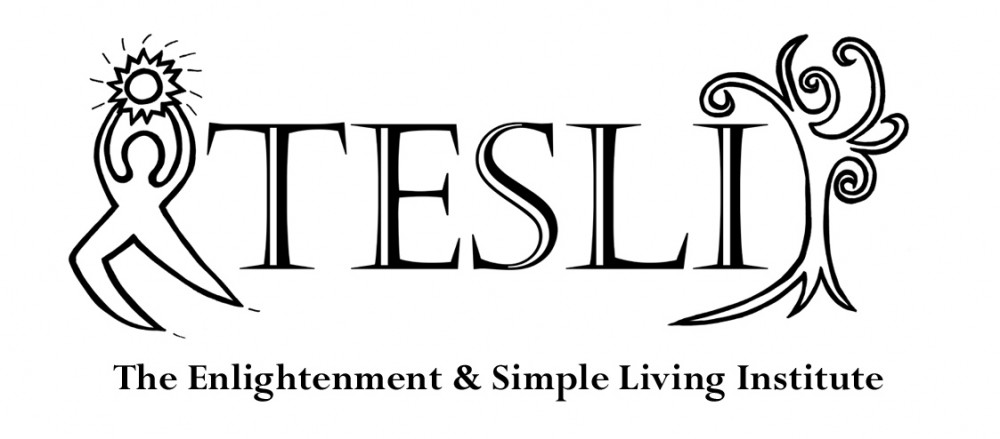All things that are created are subject to impermanence. This is one of the fundamental teachings of the Buddha. So how long will Buddhism last? The Buddha gave different predictions at different times. At one time he said the Golden age of Dharma would last 500 years in its pure form and another 1500 years in a shadow of its former glory. However, when relating the story of the life of Angulimala he said it would last 1000 years, in the Essence of the Moon Sutra he said 2000 years, In the White Lotus Sutra, 1500 years and in The Sutra of the Goddess of Flawless Light, at least 2500 years.
It is thought that some of the statements may have been referring to the Dharma in India, which did die out before it was reintroduced in the last 100 years. The Sutra of the Goddess of Flawless Light states that at 2500 years the Dharma will spread to the people with the red faces, which some interpret to mean the Americas although Tibetans have also been referred to as red faced.
Great sages throughout the ages have made predictions as well. Vasubandhu (4th century) in his commentary of the Abhidharma Kosa claimed the Dharma would last 1000 years from the Buddhas passing.
Kamalsila (8th century) claims in his commentary to the Diamond Cutter Sutra that the Dharma would last 2500 years. He cites a few sources including the Great Commentary to Perfection of Wisdom (which give 5000 years) to substantiate his prediction.
More recently, Choney Drakpa Shedrup (1675-1748) in the Sunlight for the Path to Freedom, (another commentary on the Diamond Cutter Sutra) gives 5000 years. He had the benefit of knowing that the Dharma was still in the world at his time (2200 years after the death of the Buddha). He divides the decline of Buddhism into ten 500 year periods.
The Era of Results
- 500 BC until 0 AD – Lots of people become arhats (attain nirvana)
- 0 to 500 AD – Lots of people become non-returners (don’t return to desire realm – born in the form or formless realm)
- 500 to 1000 AD – Lots of people become stream enterers (see emptiness directly)
The Era of Practice (Trying):
- 1000 to 1500 AD – People are training in wisdom
- 1500 to 2000 AD – People are training in concentration
- 2000 to 2500 AD – People are training in morality
The Era of Physical Dharma (people talk, but have no practice or attainment):
- 2500 to 3000 AD – Books and teachings on wisdom exist
- 3000 to 3500 AD – Books and teachings on concentration exist
- 3500 to 4000 AD – Books and teachings on morality exist
Era of “Just A Trace” (no one understands or practices Dharma) (4000 to 4500 AD)
These predictions refer to Buddhism as taught by Gautama Buddha. Of course, within every time period there may be pockets of higher level practice and attainment. In addition, anyone who knows about the nature of future readings and predictions knows they are not set in stone. At any one moment there are infinite possibilities. Buddha may have been pessimistic in expressing his predictions in order to motivate his students. Or his predictions may have been perfectly accurate in that moment, but motivated the students which subsequently led to changes that made his predictions obsolete.
Also, individuals can be contacted by buddhas and teachers “living” in the form and formless realms and taught directly. This may result in teachings and the practice that lead to enlightenment without being labeled “Dharma”. In addition, there is evidence that Christian contemplatives reach nirvana and high levels of realization without what would be called “Dharma”, although this is not widespread.
REFERENCE
Geshe Michael Roach (199?) Asian Classics Institute Course Six, Class Four Audio & Student Class notes.

I want knowledge. Take away the ‘I’. Want knowledge. Take away the “want”. Ahhh.
lol